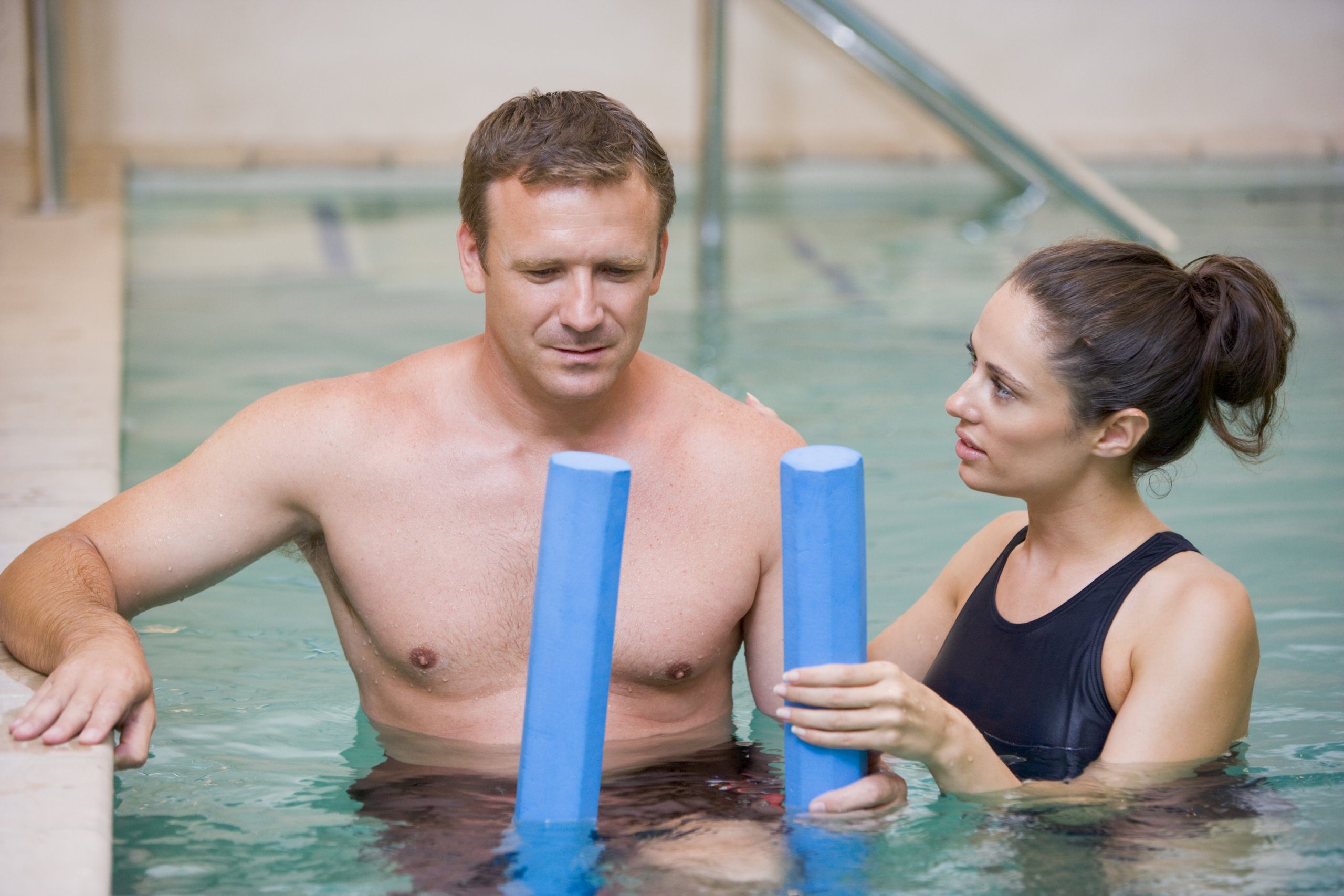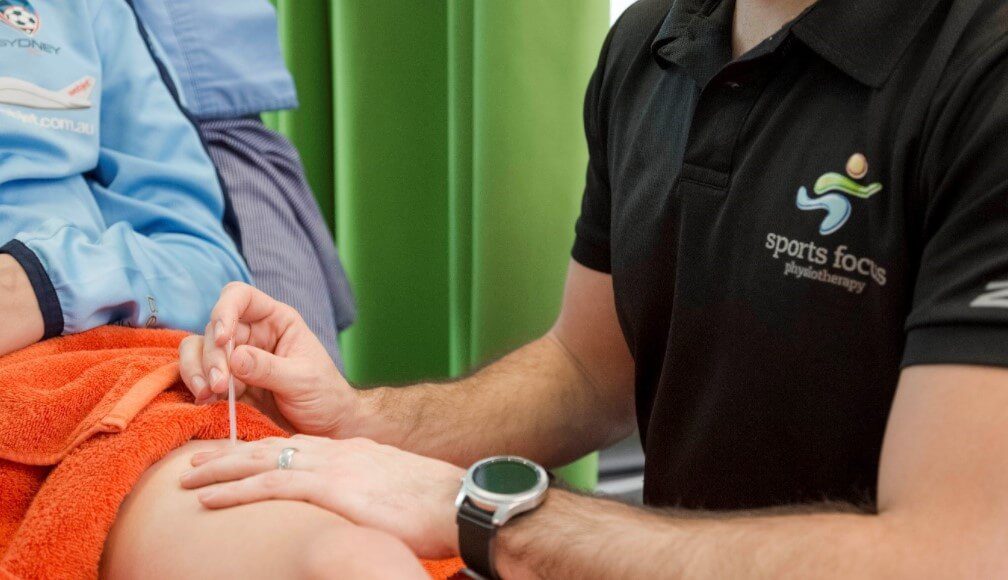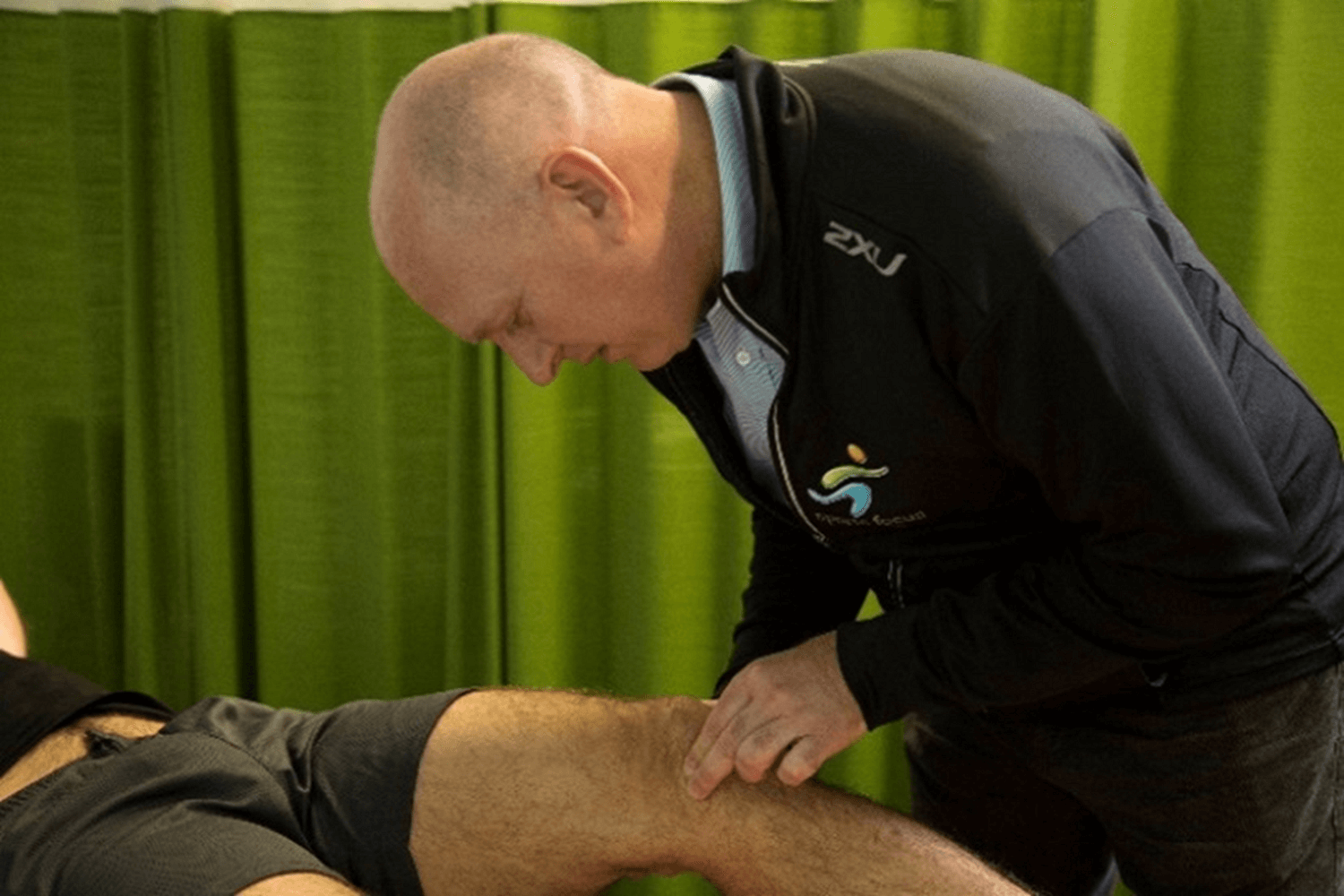For some, this can be a great party trick. For others, hypermobility can cause muscle or joint pain and may even make them prone to dislocations and injuries. If this sounds like you or your child, it may be Joint Hypermobility Syndrome (JHS), which is a condition also referred to as Ehlers-Danlos Syndrome or Benign Joint Hypermobility Syndrome (BJHS).
Symptoms of joint hypermobility syndrome
Most people who have joint hypermobility don’t require medical support or treatment and might never experience any problems. However, JHS can be hard to live with since it can cause a range of symptoms including:
- Recurring injuries, e.g. sprains
- Clicking joints
- Stiffness and pain in muscles and joints
- Fatigue
- Stretchy or thin skin
- Joints that easily dislocate/pop out of correct position
- Dizziness and fainting
- Digestive problems, e.g. irritable bowel syndrome and constipation
Can you do physiotherapy for Joint Hypermobility Syndrome?
Physiotherapy is the most effective way to manage this condition as it directly helps:
- Assess the body and identify signs and symptoms of JHS
- Identify an appropriate exercise program to reduce JHS symptoms and prevent aggravation
- Address symptoms by providing adequate management methods and symptom-relieving strategies
- Improve joint strength and stability
- Strength pelvic floor muscles to improve bowel and bladder symptoms
- Increase body awareness
- Optimise and enhance function, improve quality of life and allow greater participation in daily activities
If you’re suffering from joint hypermobility or you’re experiencing the symptoms of this condition, make sure you contact your nearest Sports Focus Physiotherapy practice for an initial assessment.



